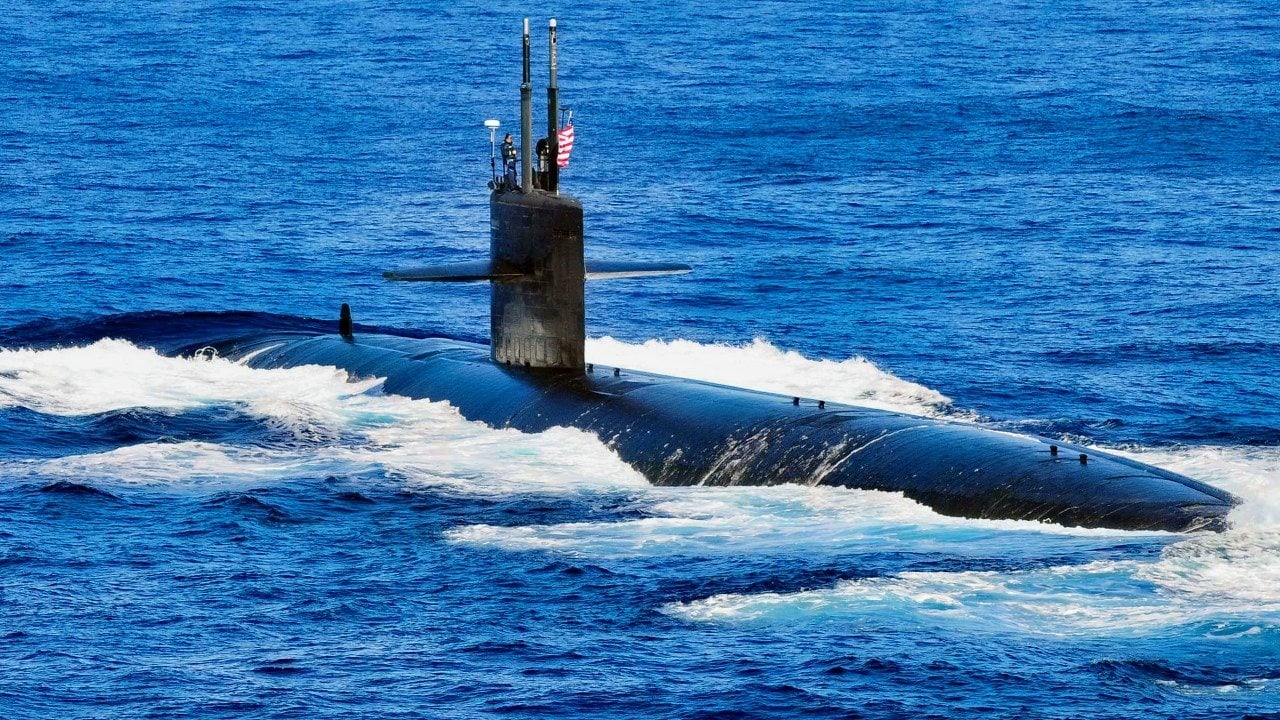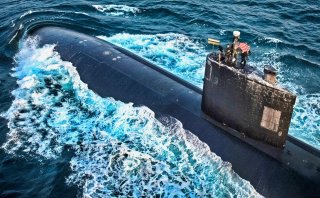The Navy's Los Angeles-Class Submarine Nightmare Is Just Getting Started
The retirement of the A-10 Warthog, a critical close-air support aircraft, for the costly F-35 and the phasing out of Los Angeles-class submarines amidst an aging fleet and rising geopolitical threats, especially from China, are cited as examples of misguided priorities.
Summary: The retirement of the A-10 Warthog, a critical close-air support aircraft, for the costly F-35 and the phasing out of Los Angeles-class submarines amidst an aging fleet and rising geopolitical threats, especially from China, are cited as examples of misguided priorities. These actions undermine immediate combat readiness and strategic deterrence, particularly concerning Taiwan's security. The piece calls for a reassessment of these decisions to maintain current capabilities and deter aggressive actions by adversaries.
The Los Angeles-Class Submarine Problem
America has become a decadent, feckless, declining power run by short-sighted bureaucrats who put the Mandarins that forced China to turn inward by mothballing their magnificent Treasure Fleet in the 14th century, upon the death of the Ming Emperor, to shame.
At a time when the US defense budget is approaching a staggering $1 trillion per year, with diminishing returns in terms of reliable, readily available weapons platforms as well as a massive recruitment crisis, it seems odd that the US military would be retiring any of its major weapon systems now in favor of building up their wünderwaffe (that won’t be ready before 2045, if we’re lucky).
This is especially true since the US military is being challenged by near-peer rivals, such as China, in ways it has not been threatened since the heady days of the Cold War.
Retiring Systems That Work for Systems That are Far Too Costly
Despite this, the military (and its funders in Congress), insist upon sacrificing real-world capabilities in favor of more expensive, ultimately less useful, systems. We see this in the case of the US Air Force’s A-10 Warthog,which is basically a flying artillery piece that can withstand an insane amount of damage while destroying scores of enemy troops on the ground below.
Despite the A-10’s incredible success and utility on the modern battlefield, the Air Force wants to retire the birds in favor of the fifth-generation F-35 Lightning II warplanes. Of course, the F-35 is an impressive warplane. But it is not designed for the kind of close-in air support that the A-10 provides.
Plus, the A-10s are available in abundance. And they are relatively cheap to produce and maintain. The F-35, meanwhile, is expensive and not as good at close-in air support missions as the A-10 Warthog is. But the Air Force persists in this reckless action and no one in Congress has stopped them.
The Navy Gets It Wrong On Submarines
Similarly, the United States Navy, at a time in which China, Russia, Iran, and North Korea have developed sophisticated anti-access/area denial (A2/AD) capabilities meant to deter US Navy and Air Force power projection into regions these autocratic regimes covet, the Navy continues blowing its budget on systems that are obsolete.
I am referring to the aircraft carrier, which A2/AD basically negates. What’s more, the Navy is insistent on building the next-generation of submarines—even if the funding is not fully there to accomplish this task and US shipyards cannot meet the increased demand.
What that means, unless radical changes to America’s defense industrial base are made virtually overnight, is that there is a dangerous dearth of readily available attack submarines. This is a problem because, in the age of A2/AD systems, when many of America’s surface warships will be prevented by the A2/AD systems from bringing their full power to bear, America’s submarine fleet will be essential.

That submarine fleet is both aging and has fewer replacements coming online over the next few years than what are needed to sufficiently respond to, say, a Chinese invasion of Taiwan.
Save the Los Angeles-Class Attack Subs!
The current fleet of attack submarines consists of the older Los Angeles-class attack submarines, a couple of Seawolf-class submarines, the newer Ohio-class submarines, Virginia-class subs (though there are nowhere near enough of these units available should a major war erupt), and the Columbia-class attack sub is slated for deployment over the next decade.
To pay for the new submarines, the Navy is retiring the Los Angeles-class submarines. But this is a major mistake. The window of vulnerability for Taiwan and America is over the next three years. Between now and 2027, Washington must be vigilant as Beijing inches closer to launching an attack on its Taiwanese neighbors.
Retiring the Los Angeles-class submarines, when there are an inadequate number of newer subs coming online, is a recipe for defeat and disaster. Washington must stop the retirement of the Los Angeles-class subs and maintain its current fleet to ensure that China is further deterred from taking a truly destructive action, like invading (or blockading) neighboring Taiwan.
About the Author
Brandon J. Weichert, a National Interest national security analyst, is a former Congressional staffer and geopolitical analyst who is a contributor at The Washington Times, the Asia Times, and The-Pipeline. He is the author of Winning Space: How America Remains a Superpower, Biohacked: China’s Race to Control Life, and The Shadow War: Iran’s Quest for Supremacy. His next book, A Disaster of Our Own Making: How the West Lost Ukraine, is due October 22 from Encounter Books. Weichert can be followed via Twitter @WeTheBrandon.


